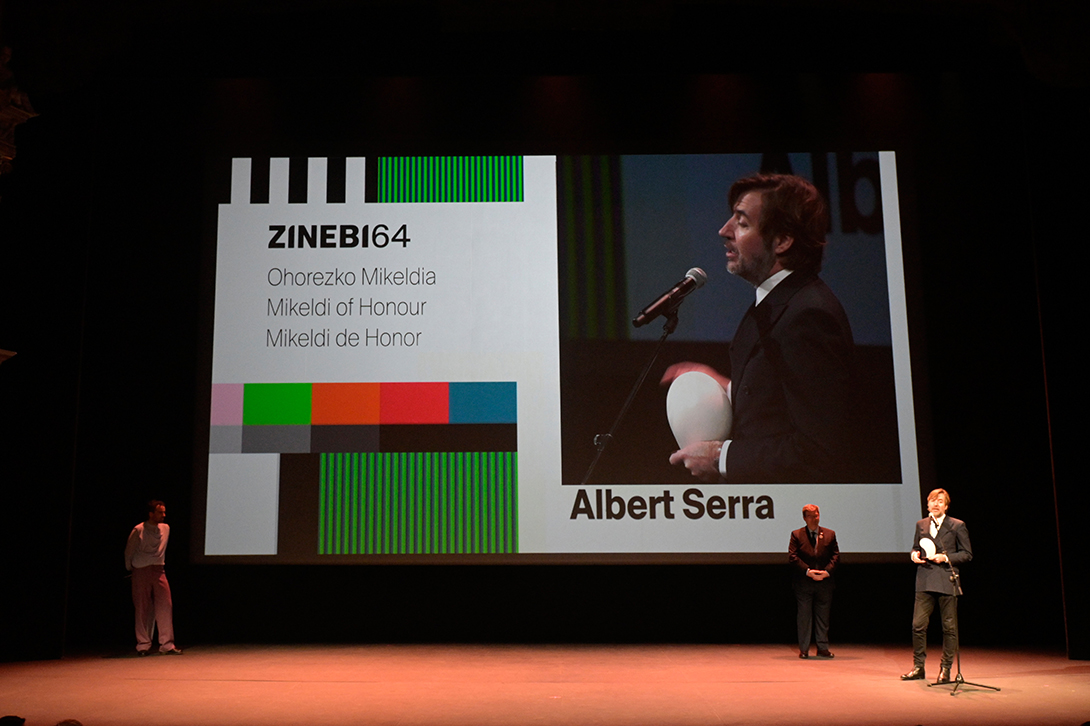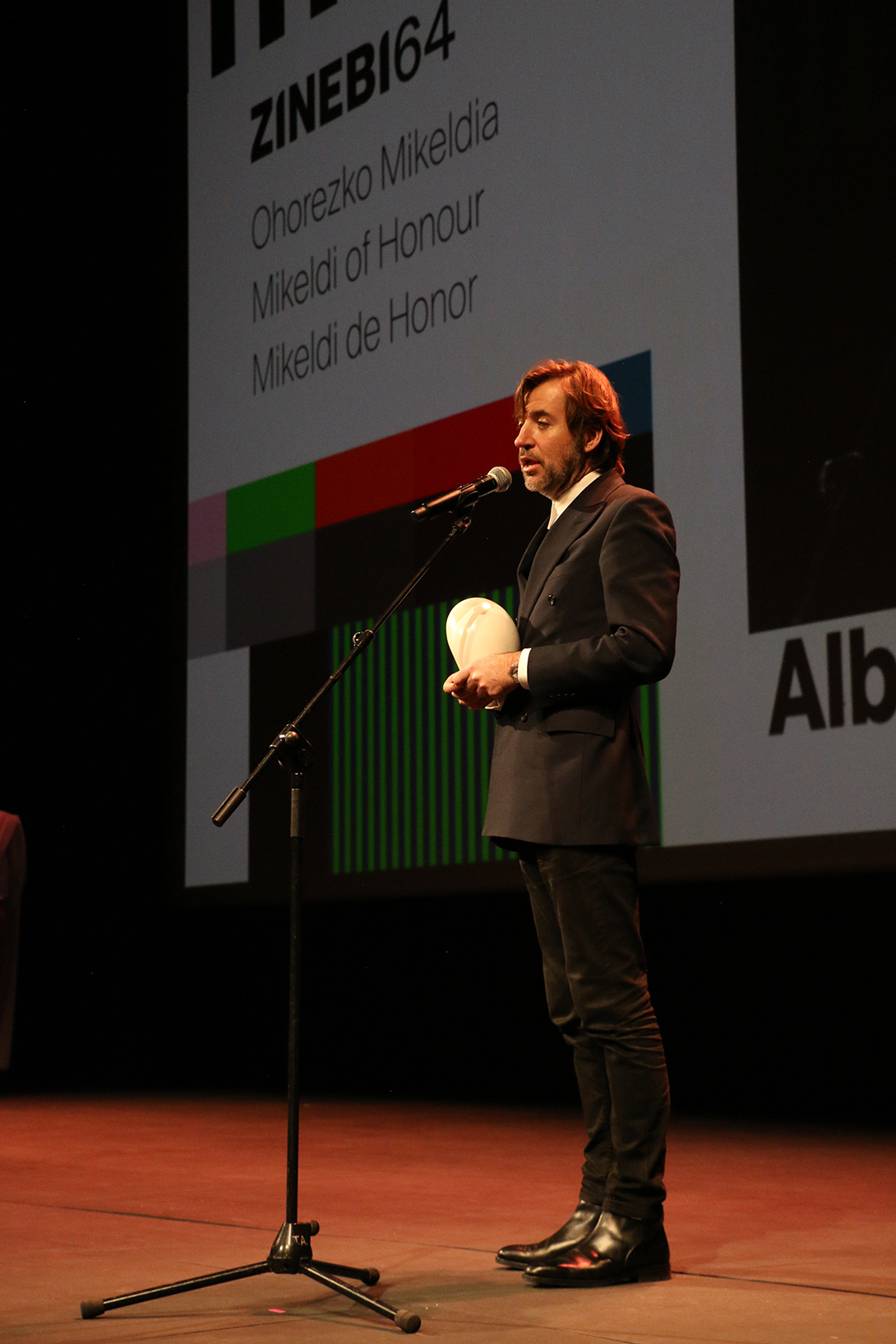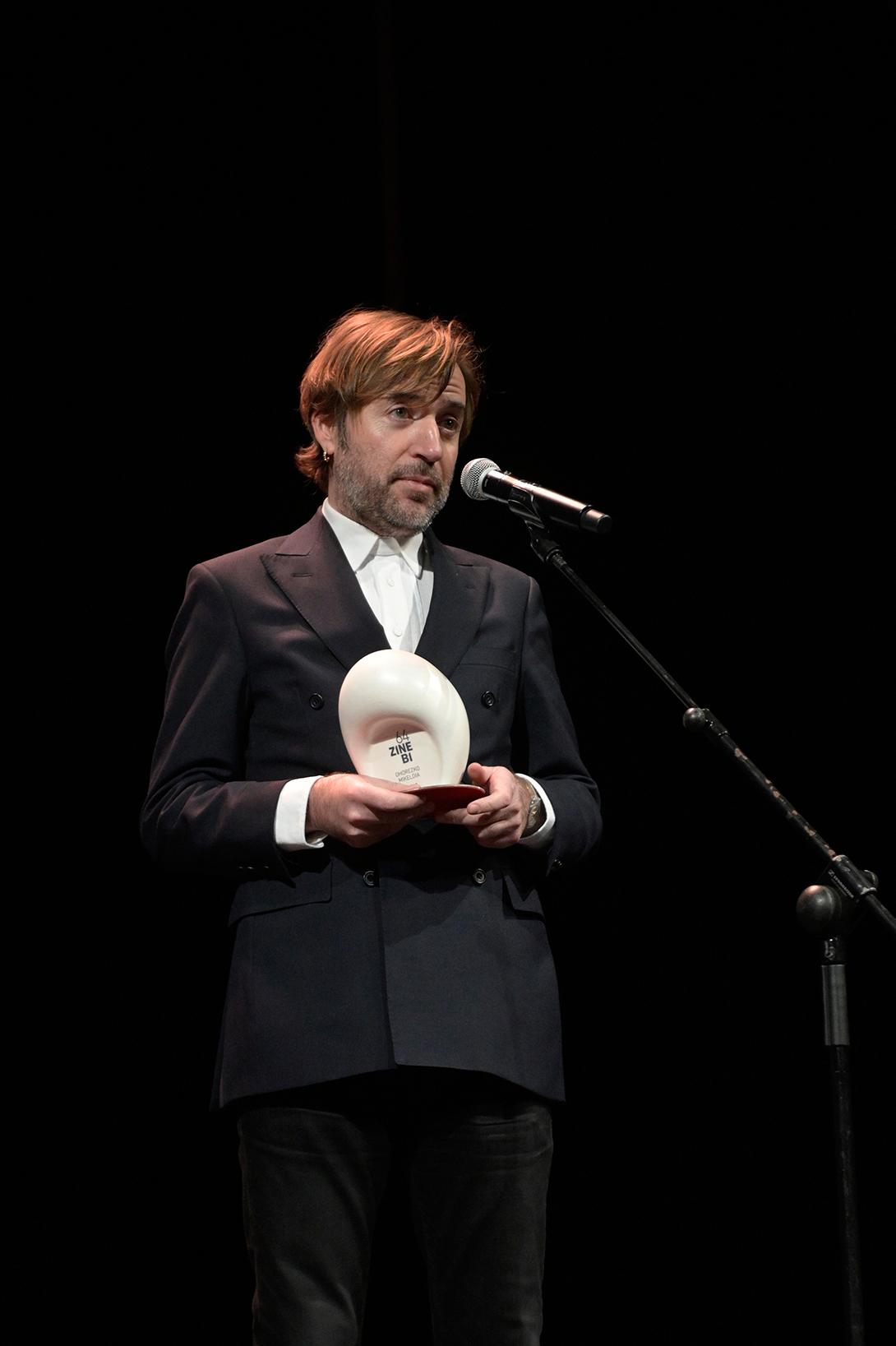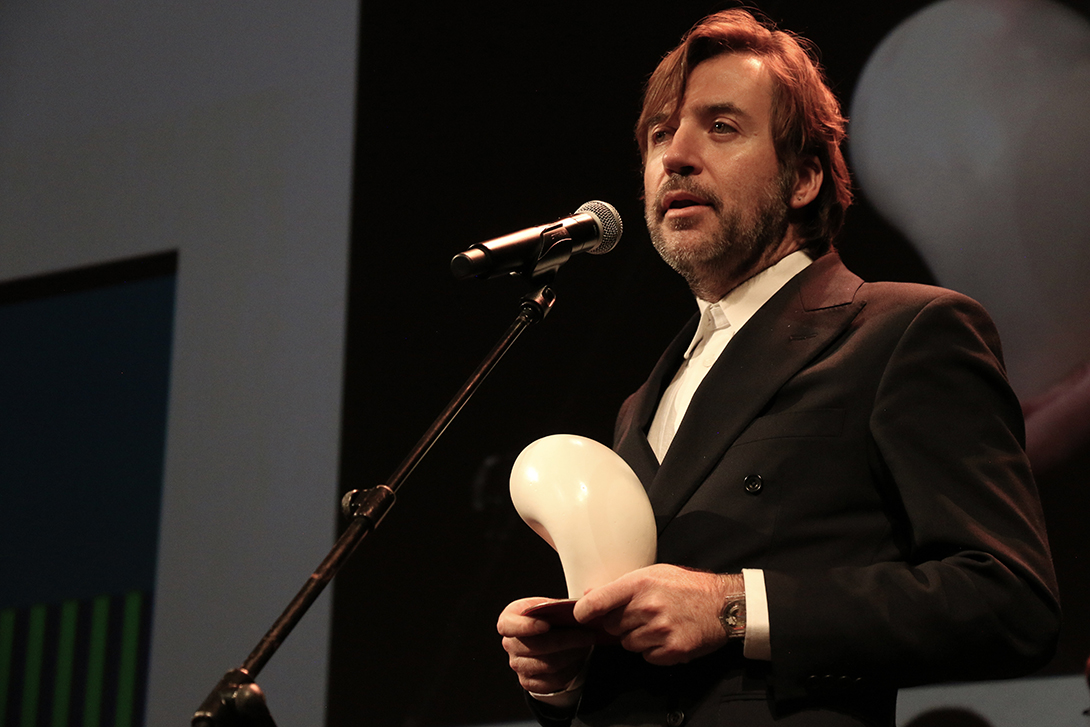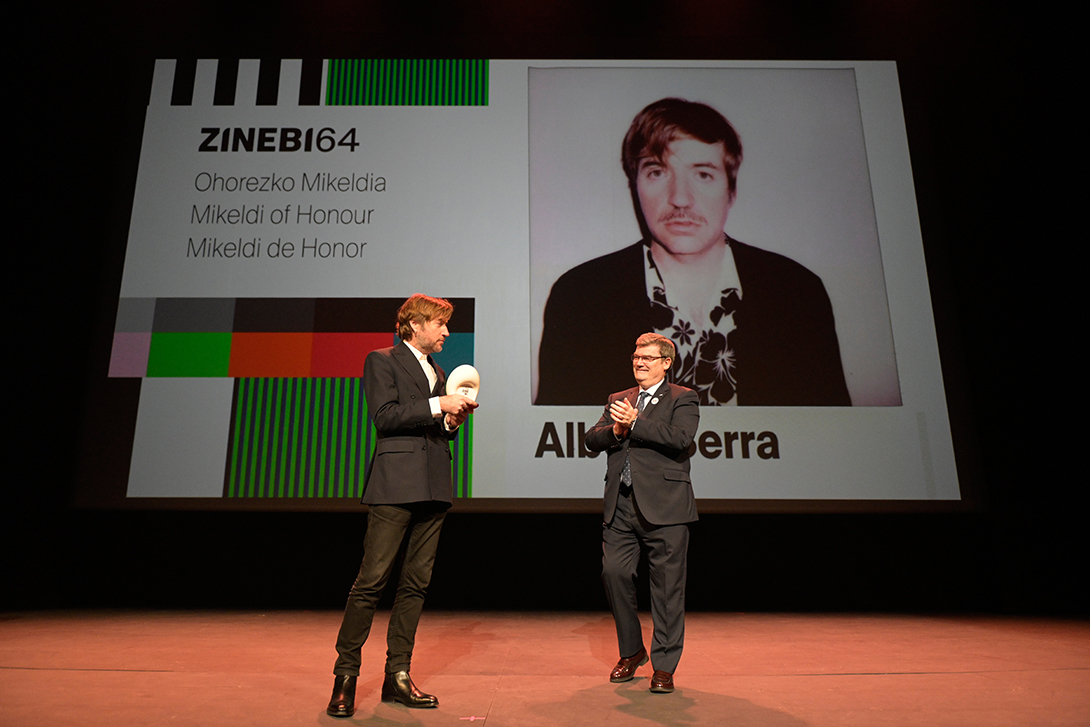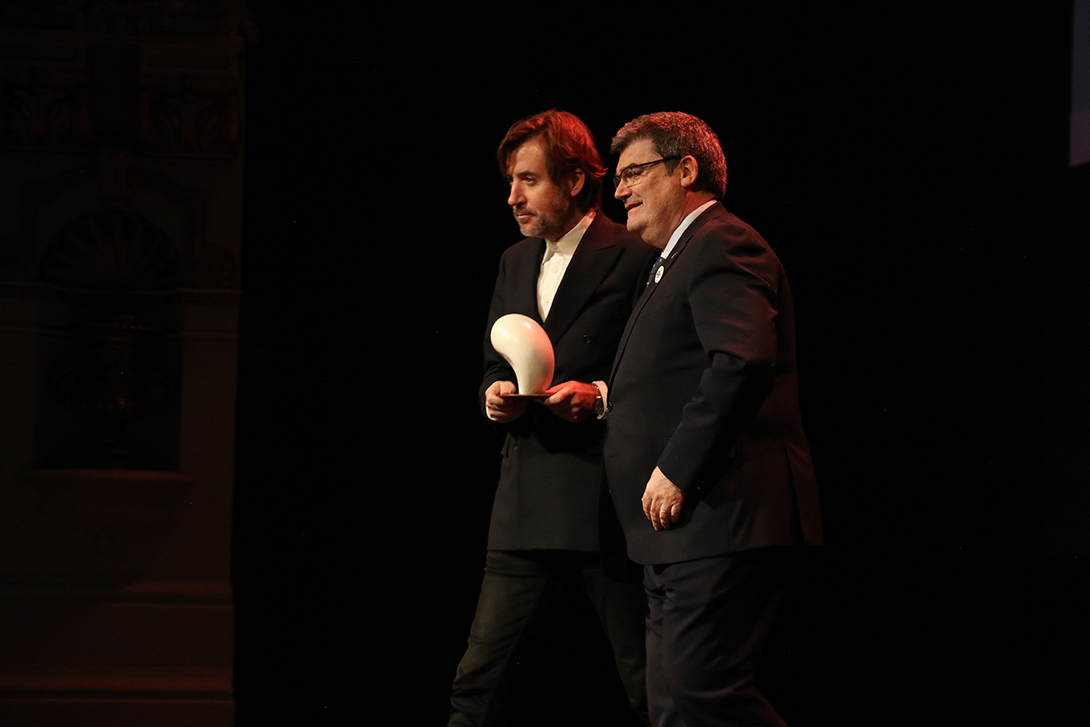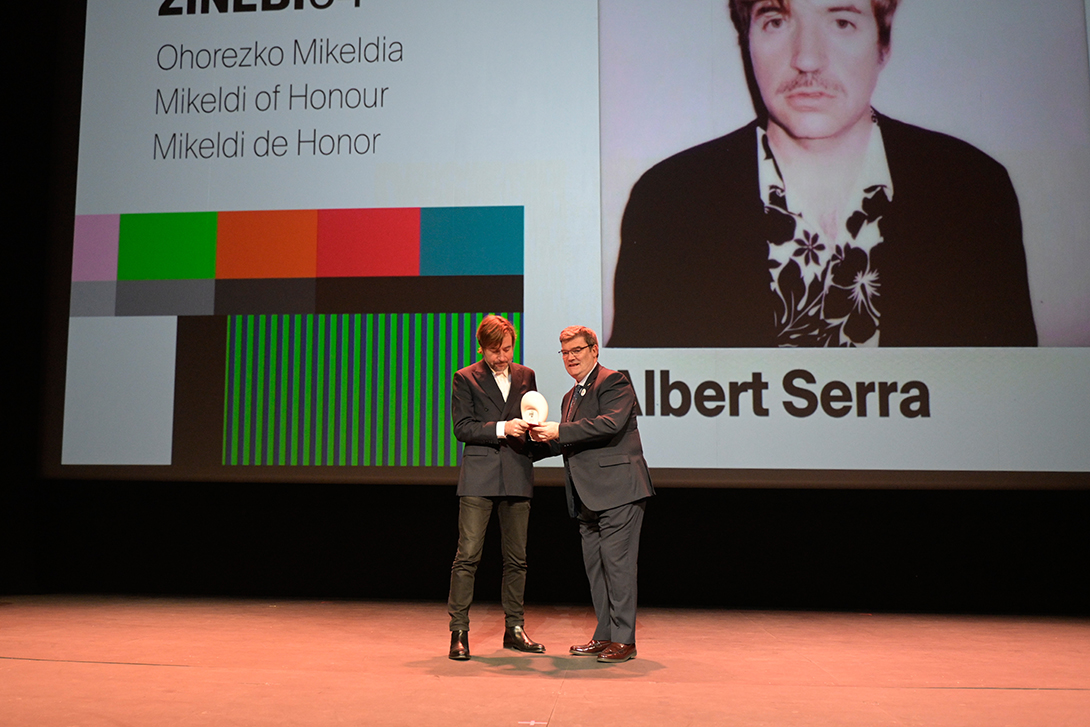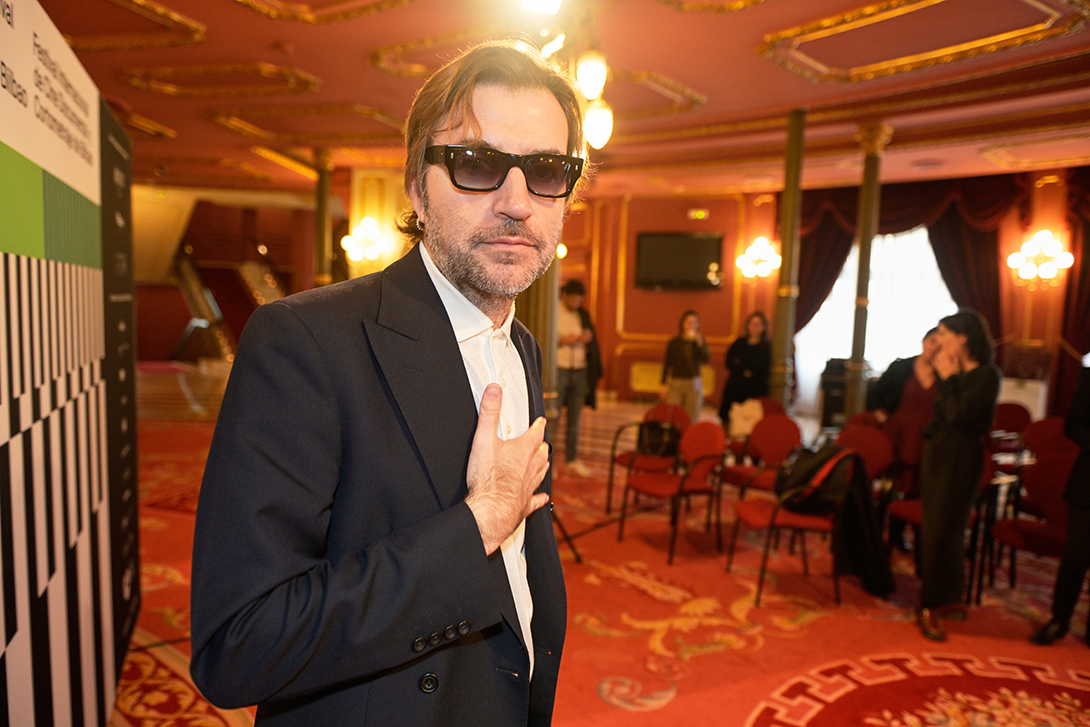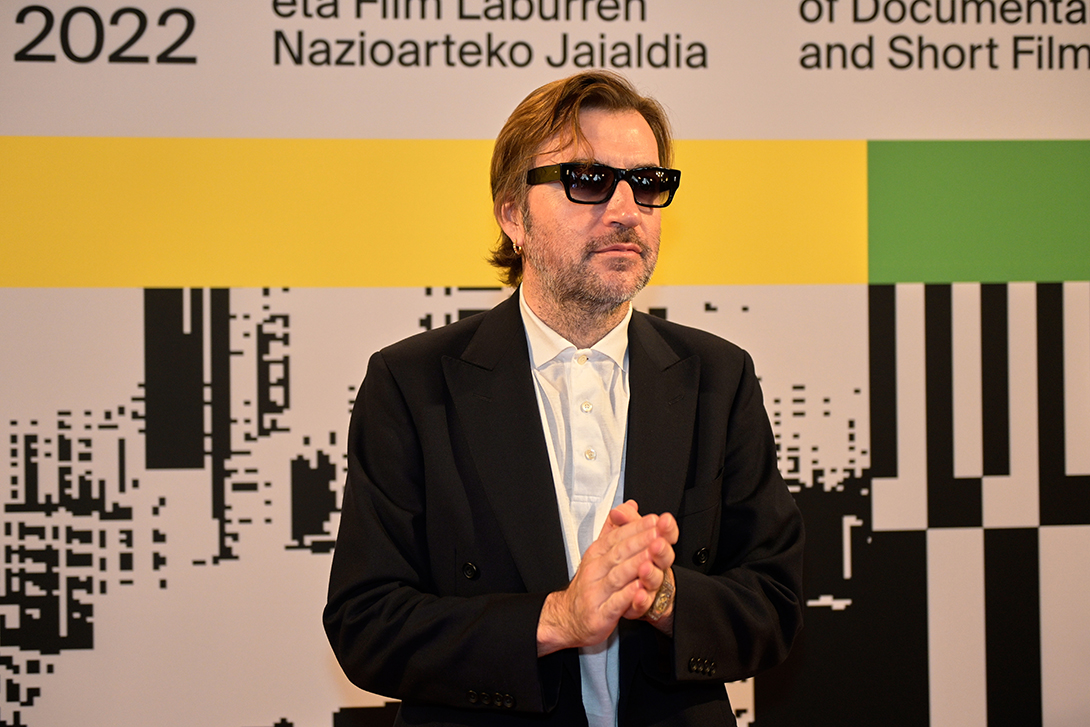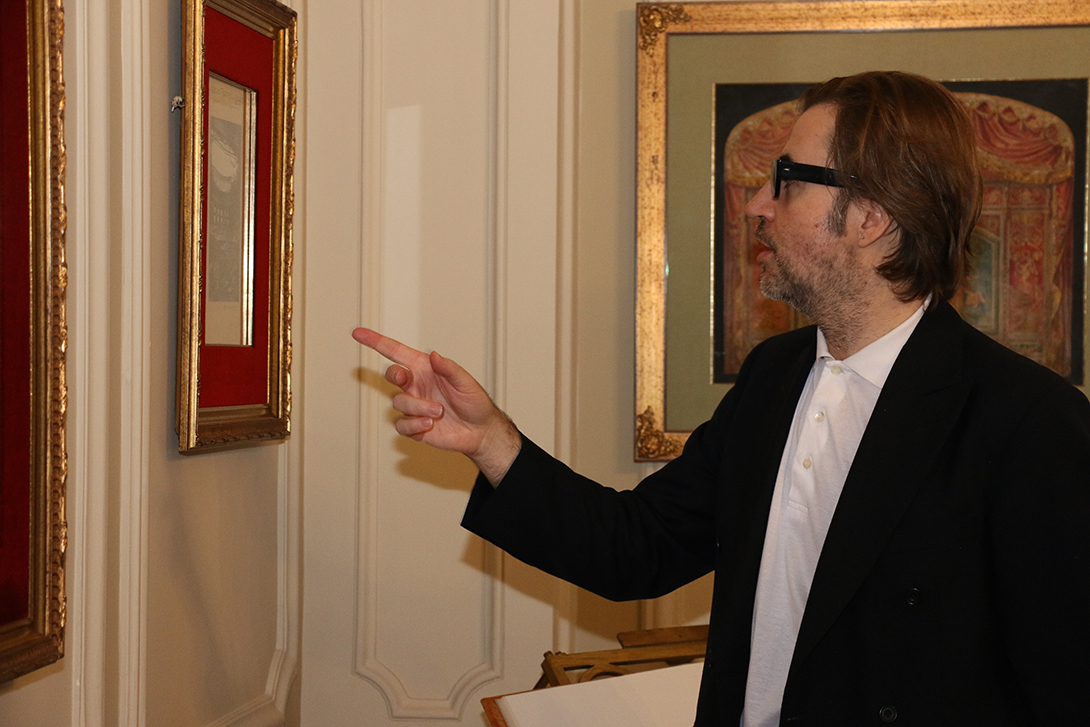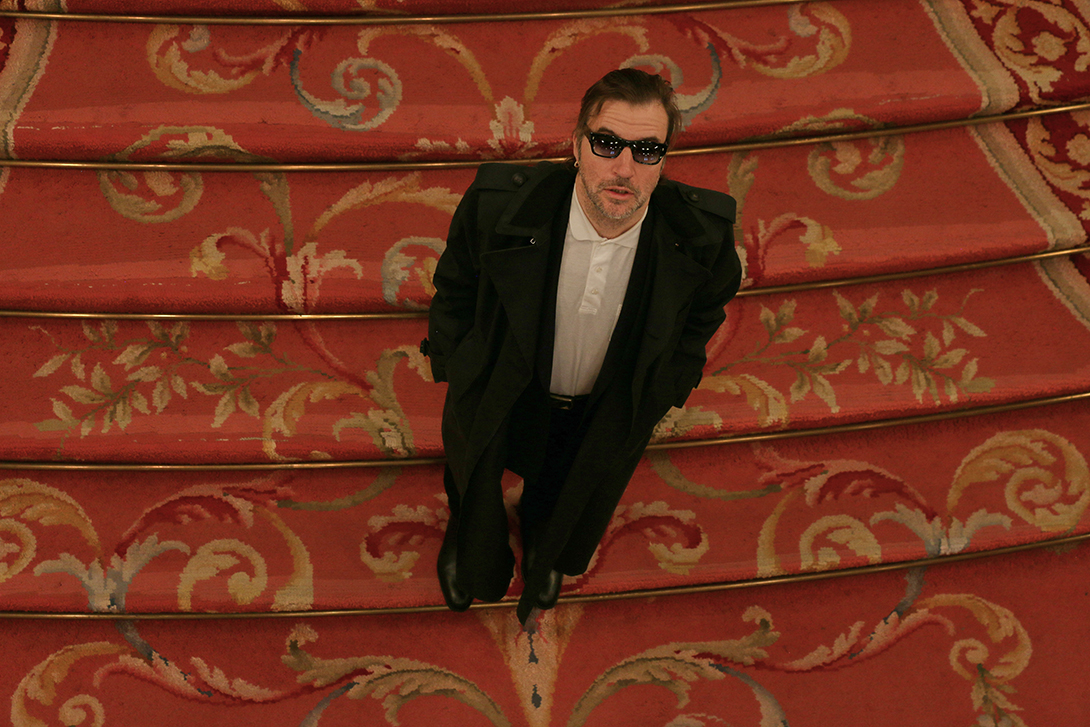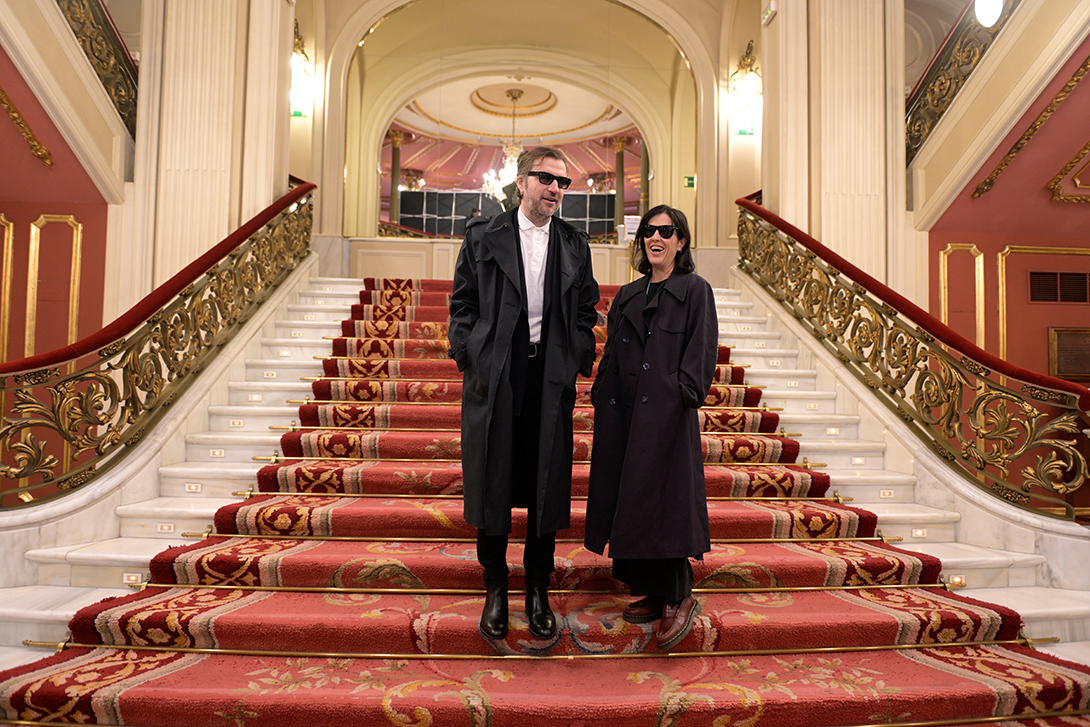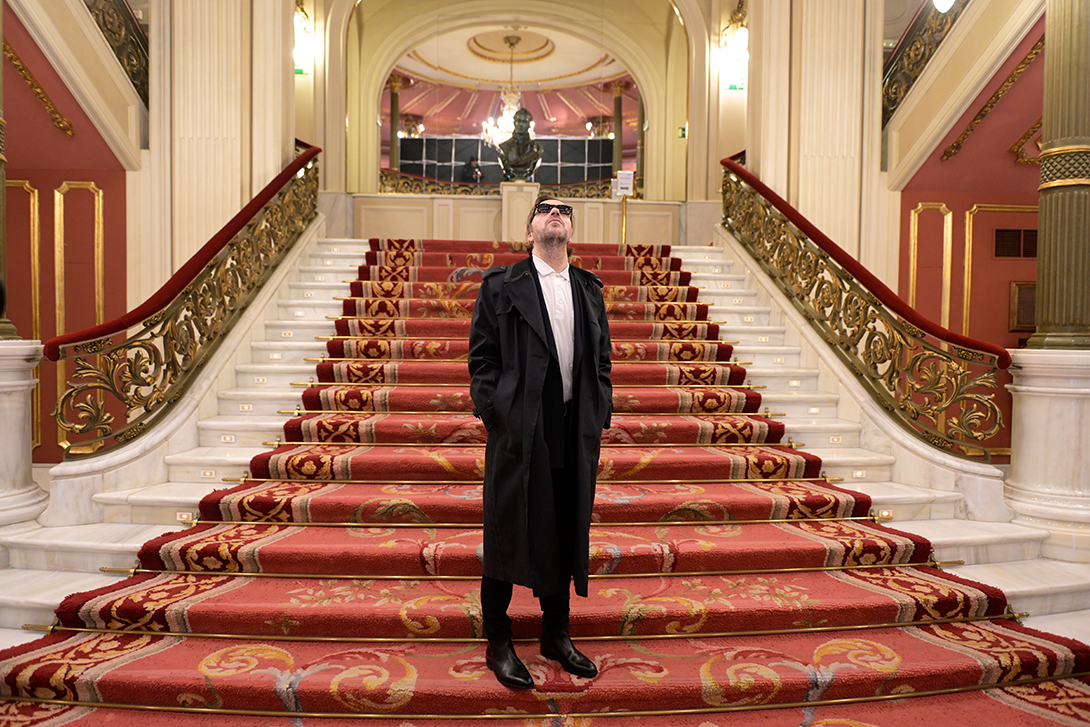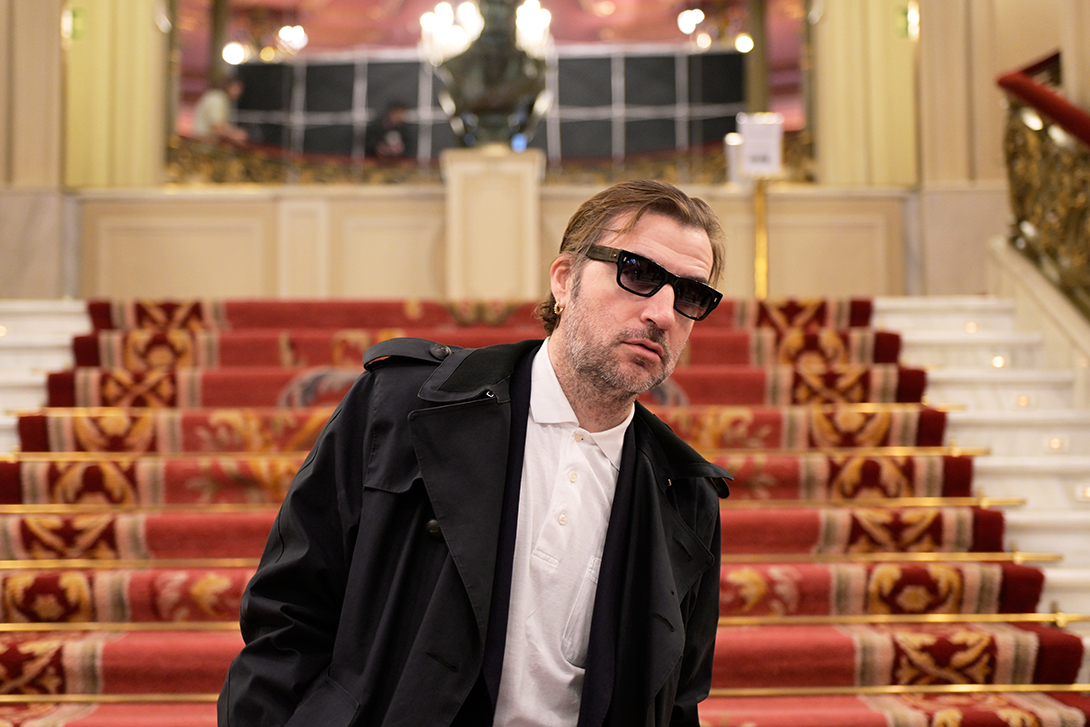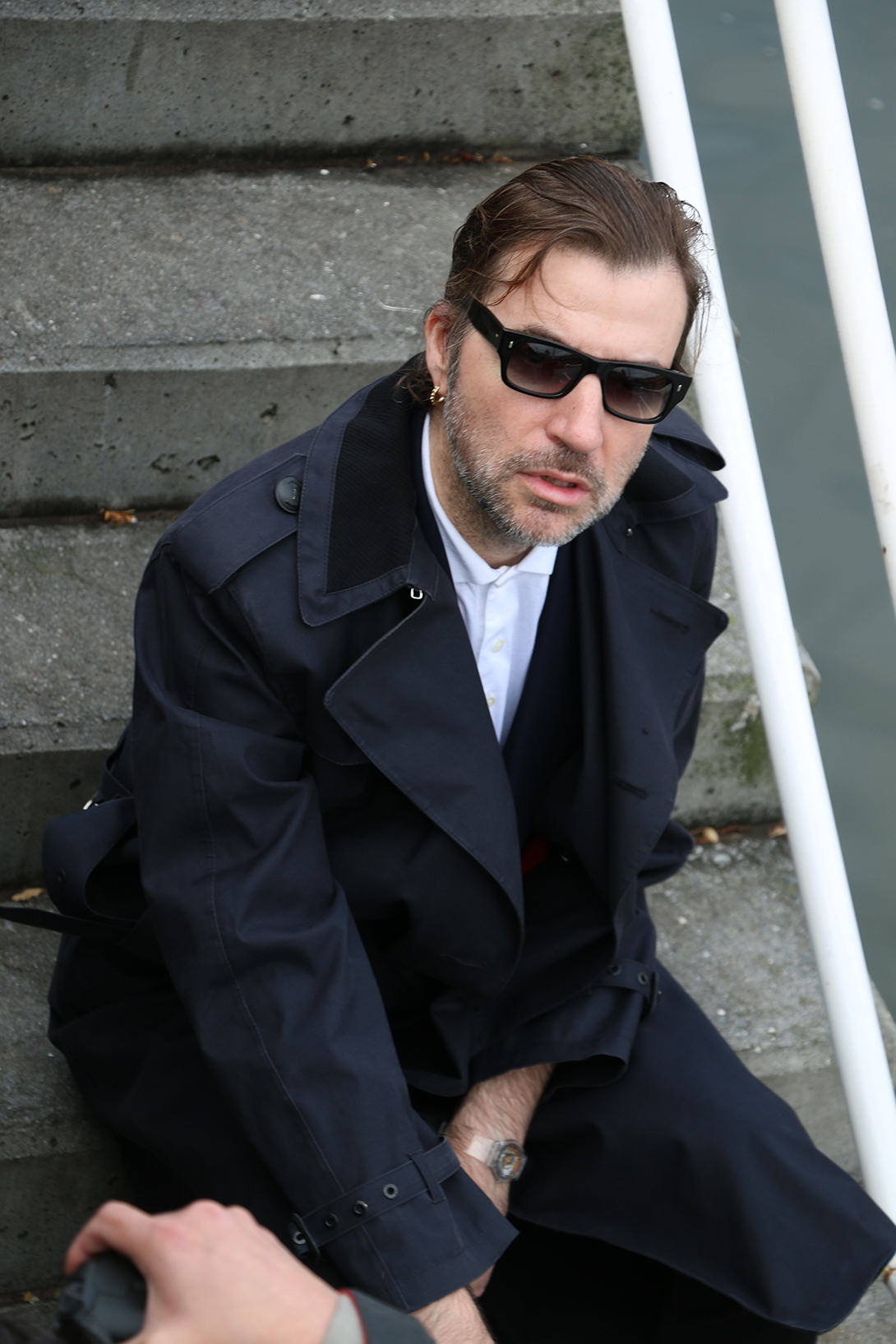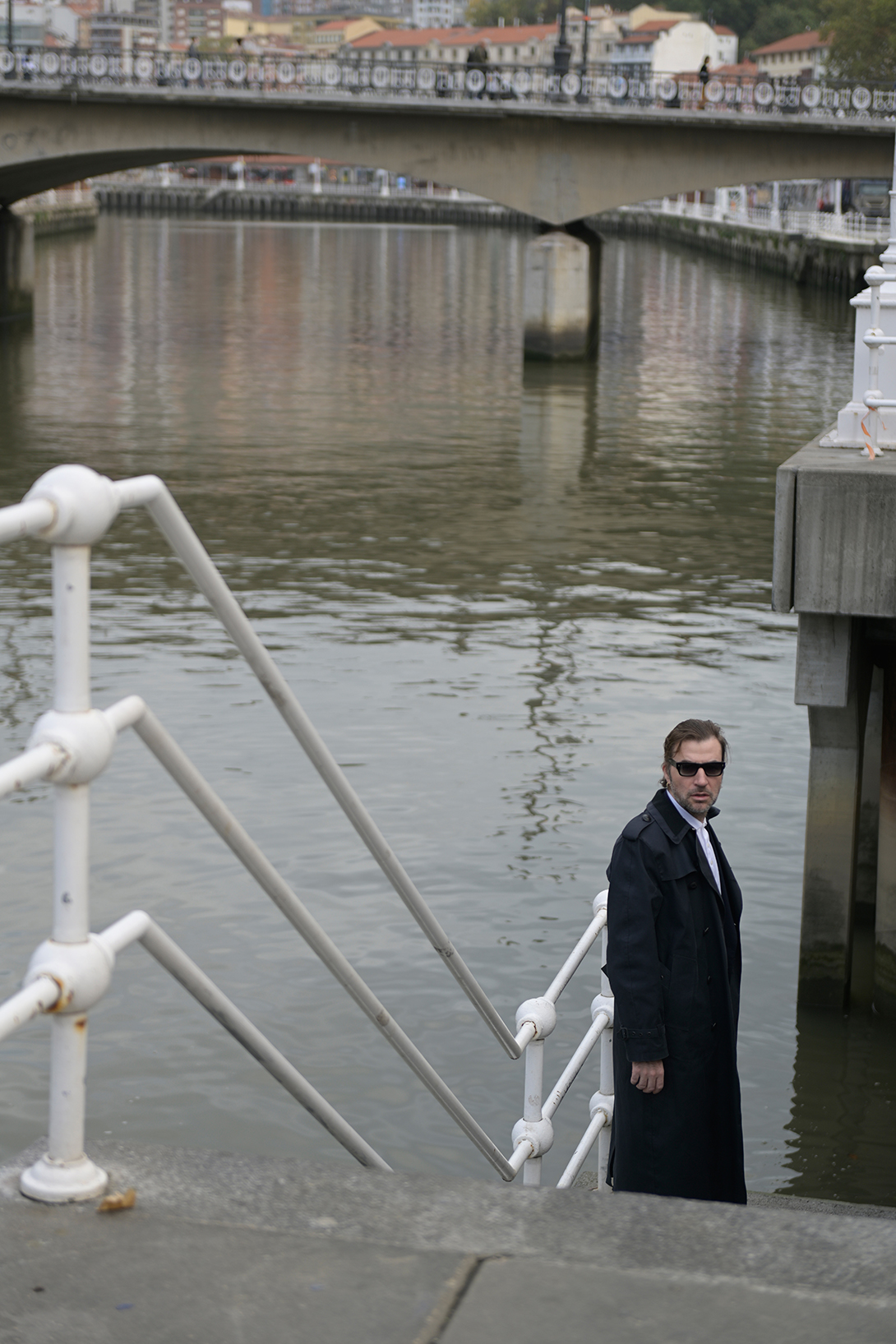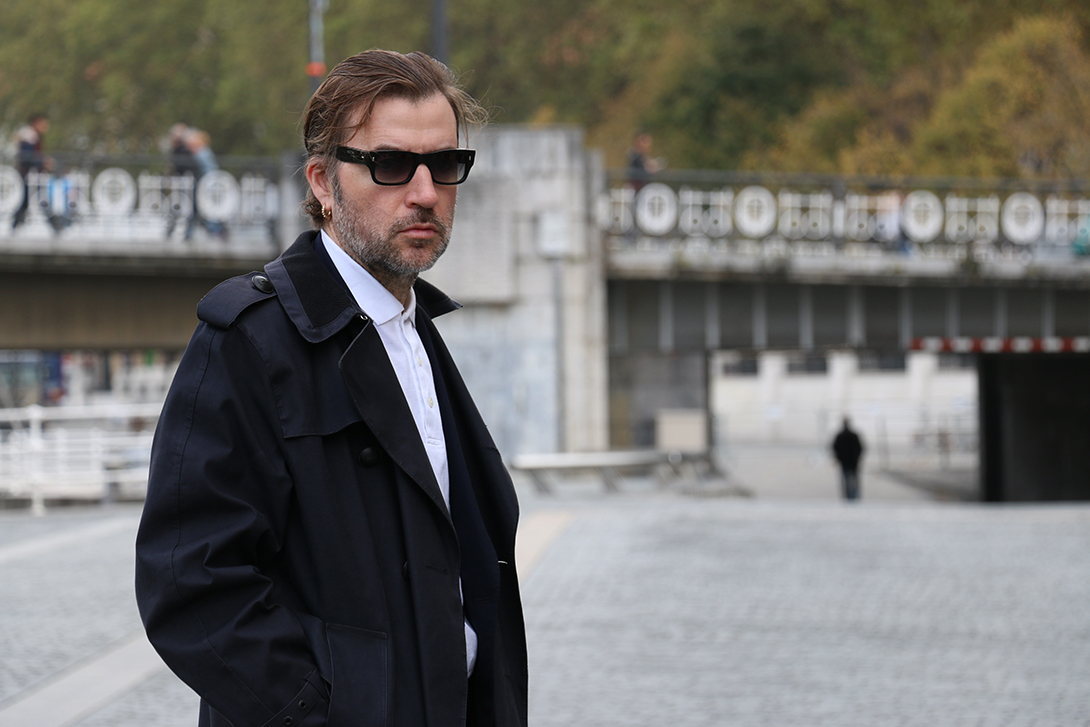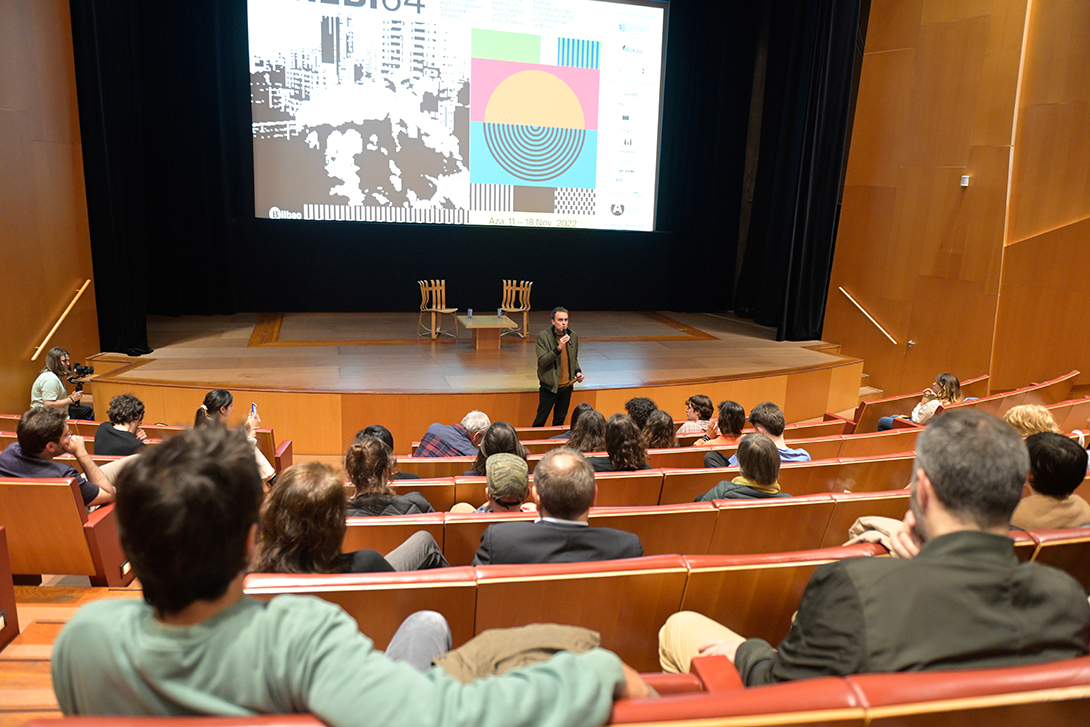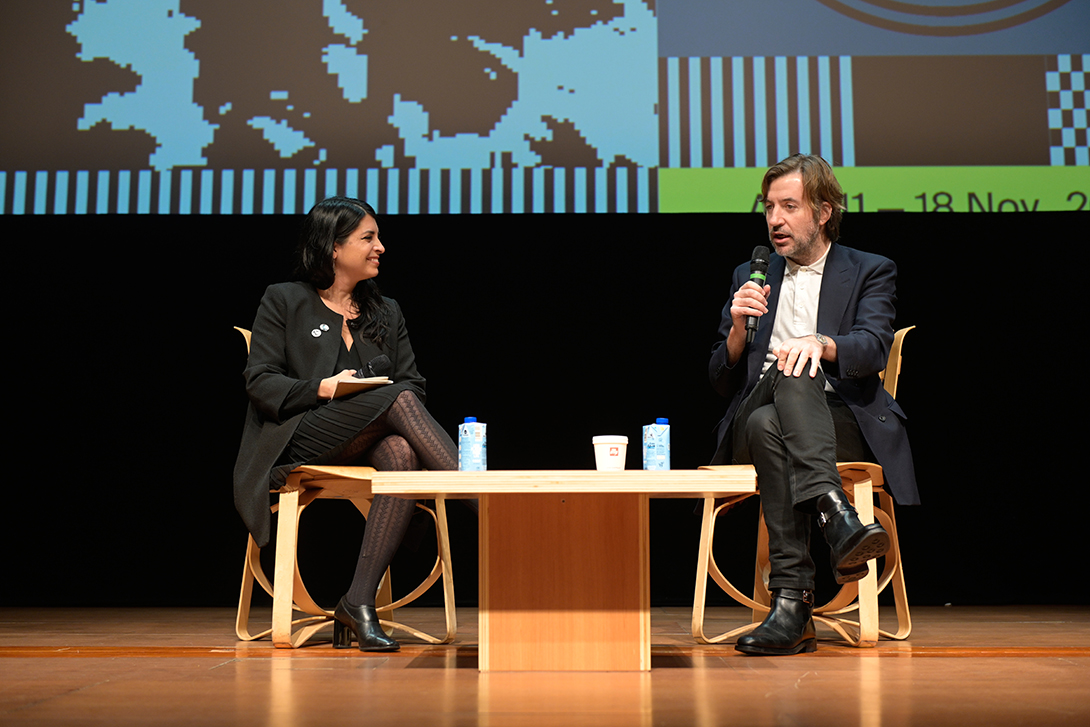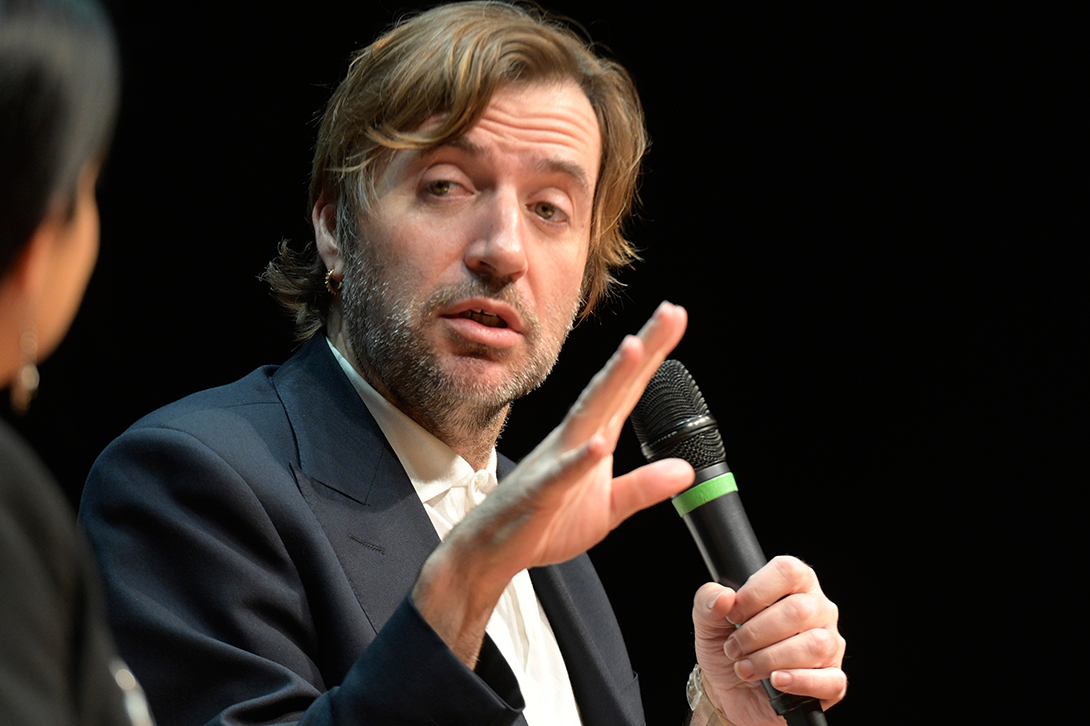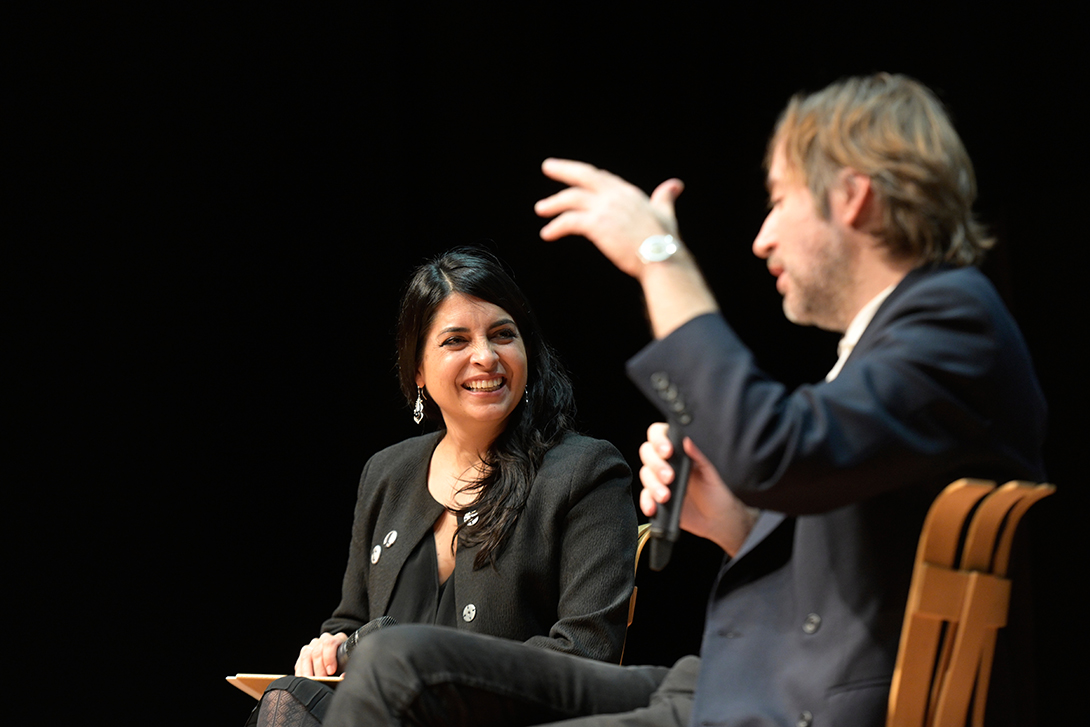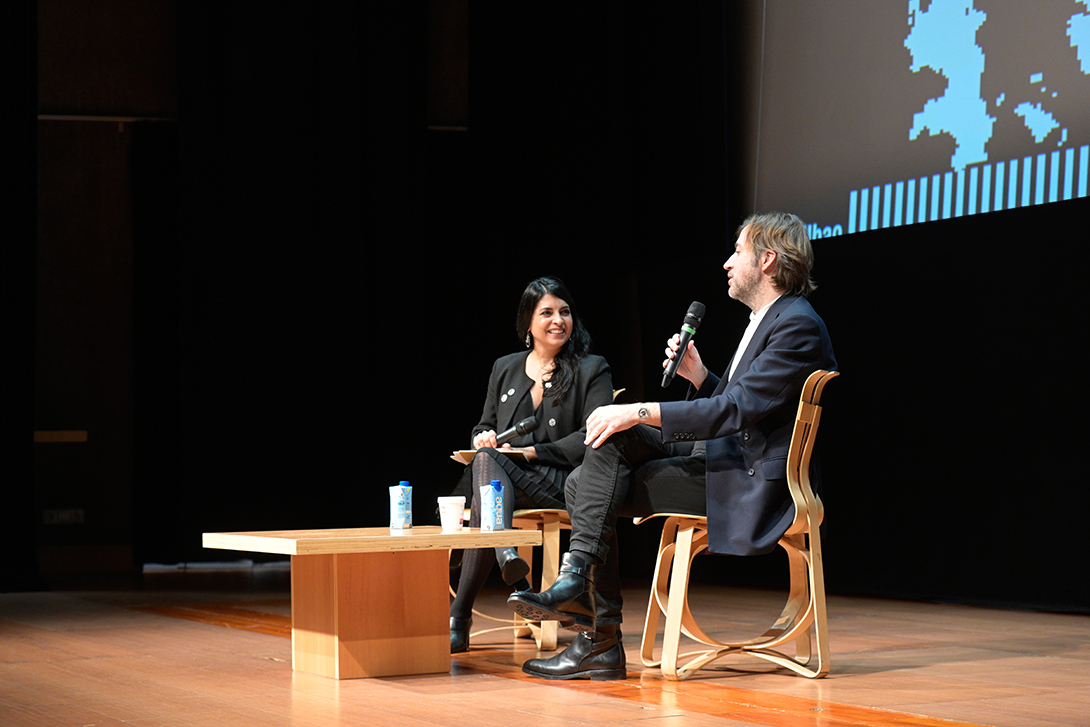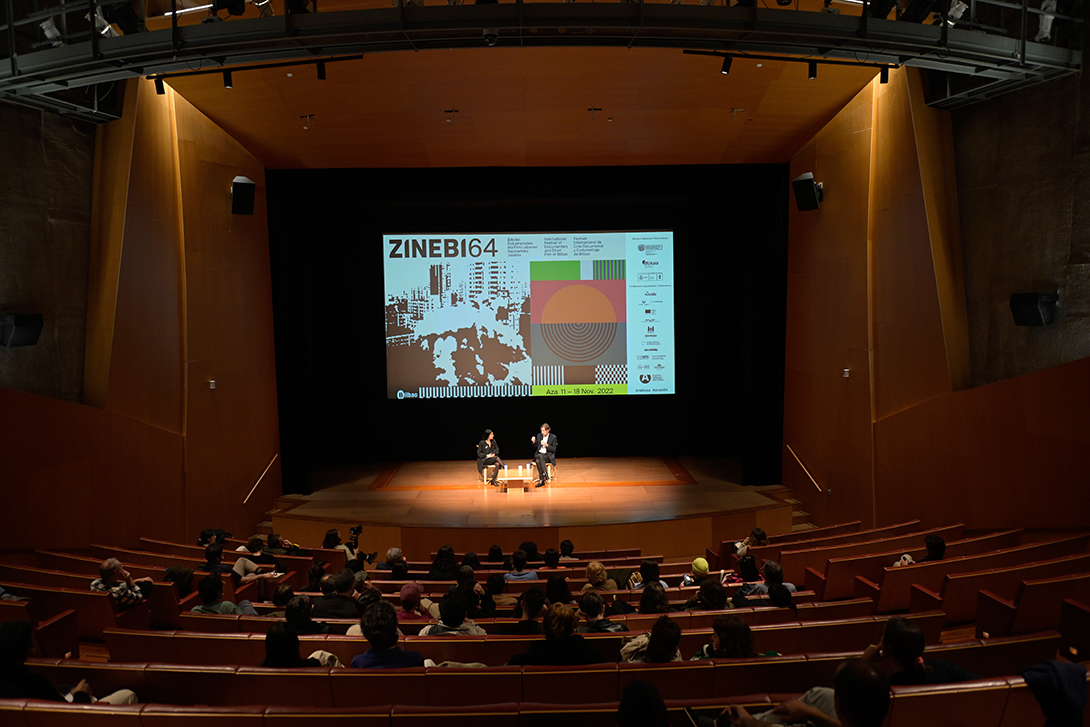EL CANTO DE LOS PÁJAROS EN EL JARDÍN DE ALBERT SERRA
The birds singing in Albert Serra’s cinematographic garden (Bañolas, Gerona, 1975) are rather delicate specimens with decidedly rare plumages, with the wherewithal to put on a polychromic and indeed a polyphonic show in all his films. An unsettling director for many critics and filmgoers everywhere, but paradoxically much appreciated at the top international festivals, he has proved able to personify in himself – a mixture of his festive imitation of the gesturing of his fellow Catalan Salvador Dalí and his torrential verbal talent, heady with genuine humour and all manner of erudite references – some of the most radical personal and artistic traits of the author in contemporary filmmaking.
And so the work that makes up the filmography of this incomparable director expresses his wish to carry out a complex-free challenge of modes of representation in contemporary cinema, for the ultimate purpose, stated so many times, of doing so to elevate the ethical and aesthetic importance of the filmmaker’s art within all Fine Arts of all time.
He has been using a number of different strategies to achieve this. Firstly, an approach to History and to some of the characters and stories which form part of Western culture, featuring some contributions by Spanish culture. This was the case with Don Quijote (Honor de cavalleria, 2006), the Three Kings in the Gospel according to Saint Matthew (El cant dels oçells, 2008), Fray Luis de León (Els noms de Crist, 2010), the fictional encounter of Venetian libertine and writer Giacomo Casanova and Count Dracula, the immortal creature of Irish novelist Bram Stoker (Història de la meva mort, 2013) and Louis XIV (La mort de Louis XIV, 2016).
Another strategy is based around the procedure used by Albert Serra to fashion the mise en scène for his films: an immersion in what we might tentatively term the other side to the plot, in other words, the places and times when there is no plot, or the plot vanishes to the point that it is vaguely hinted at, a way of creating images in movement as the direct opposite of the dramatic progression and the narrative pace found in traditional films. To put it another way, if in films lapped up by majority audiences many things must necessarily happen, as an accumulation of actions to boost the viewer’s interest at all costs, in Albert Serra’s films things do not happen, or very few things happen. And so it may be understood, for example, that in the aforementioned Honor de cavalleria we have none of the feats marking out the utterly famous exploits of Don Quijote, but by way of a reversal, we have moments of relaxation, resting or lying around in Gerona’s pretty countryside, during which the knight and his squire go in for trivial dialogues or more or less speculatory comments; and it may also be perceived that in the likewise aforementioned La mort de Louis XIV the agony of the great absolute monarch is conveyed to us almost exclusively by means of a most beautiful close-up of his tired, pained face in a masterful interpretation by Jean-Pierre Léaud, amid distant glimpses of his ministers and valets traipsing haplessly about: and finally, in Pacifiction (2022), what is suggested to the viewer as something akin to a spy film is portrayed on screen on the basis of nocturnal ramblings in relation to the human condition and the nature of political power by the main character, a French High Commissioner in the islands of Polynesia.
Another procedure which sets Albert Serra apart from any of his colleagues is the hugely meticulous creation of the shots in his films. With the patience of a Mozarabic miniaturist, the director undertakes this aspect of his work as if each shot contained an artistic feature potentially independent from the rest and even from the film itself. To this end he avails himself of a number of registers – the stripped, lyrical and subtly naïf image of Honor de cavalleria or El cant dels oçells, or the colourful and choreographic nocturnal composition of the Polynesian dancers, represented with some surprising gay touches at the sleazy club run by Sergi López in Pacifiction. In this regard, some mention should be made of two more aspects of style – the most unwavering management of frames in terms of their formal perfectionism, and above all his well thought out ideas on the duration of each sequence, generally quite long, and this alone eliminates any possibility of a standard cinematographic narration.
I now wish to refer, as I near the end, to a final strategy which I find particularly interesting. This is what we might term his Adamist vision of the surroundings, astonishment at the beauty of the world in the gaze of the first man on the earth or of the first ancient travellers. He demonstrates this to us in his visual slice of the scenery around his native Gerona, the Three Kings on their Icelandic travels, or the sunsets and nights of French Polynesia.
Because Albert Serra’s films – with deeply-rooted interdiscipline in relation to historic time and other artistic practices – constitute an invitation to a new kind of spectator, free, serenely contemplative men and women, able to move along the less-travelled paths of the cinema of our age.
Congratulations to ZINEBI 64 for this marvellous Mikeldi of Honour.
Luis Eguiraun
Screenwriter and programmer at ZINEBI (2003-2019)
div class=”row m-b-20″>

